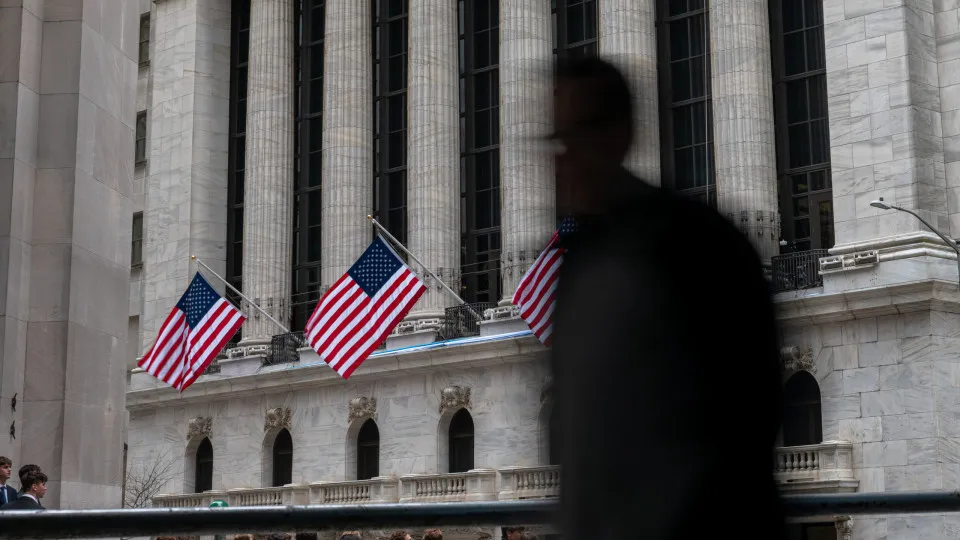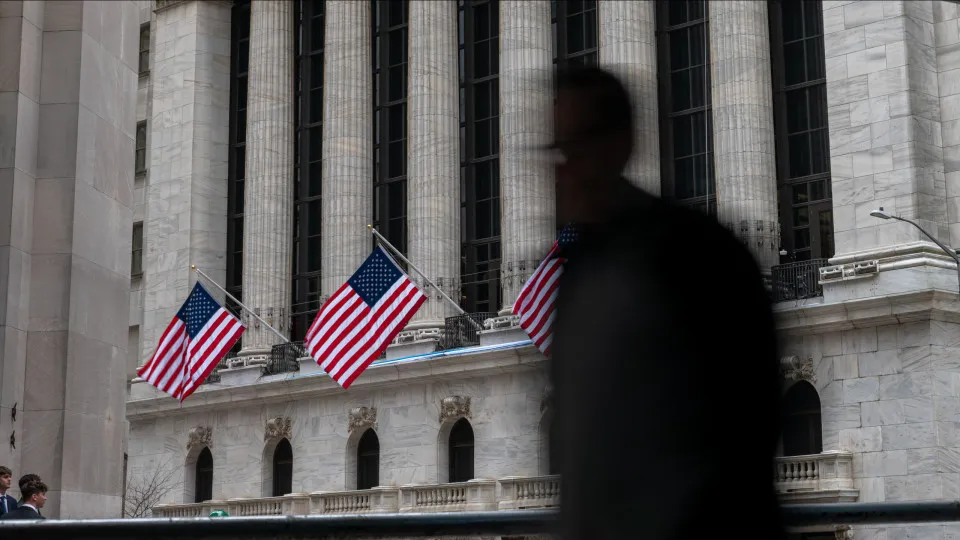

The session results indicate that the Dow Jones Industrial Average rose by 1.29%, the tech-heavy Nasdaq advanced by 2.29%, and the broad S&P 500 increased by 1.56%.
After threatening Beijing on Friday with additional 100% tariffs on imports from China, “Donald Trump backtracked on his statements and clearly indicated that everything would be fine with China,” noted Adam Sarhan of 50 Park Investments, speaking to the AFP.
In a message viewed by some analysts as a new example of the ‘TACO’ phenomenon (“Trump Always Chickens Out”), Trump wrote on Sunday that the U.S. wishes to “help China, not harm it.”
In this context, Sarhan estimated, “once again, we see a recurring scenario: Trump uses tariffs or the possibility of imposing them as a means to negotiate agreements. Investors react and then adjust.”
The threats issued on Friday had destabilized financial markets, most notably Wall Street.
According to Sarhan, “the relief recovery” on Monday remains moderate, as the main stock indices have only regained half of the losses.
The White House continues to apply new sector-specific tariffs, such as those on construction and real estate timber, which are set to take effect on Tuesday.
Any return of tensions between Washington and Beijing, “with an increase in surcharges on both sides, could rapidly escalate and trigger a global recession,” Sarhan warned.
Meanwhile, investors eagerly anticipate the release of quarterly performance reports from major U.S. banks, marking the start of the earnings season.
“Quarterly results and future prospects will carry more weight than usual, because the (official) economic data are unavailable,” due to the budget paralysis in the U.S.




